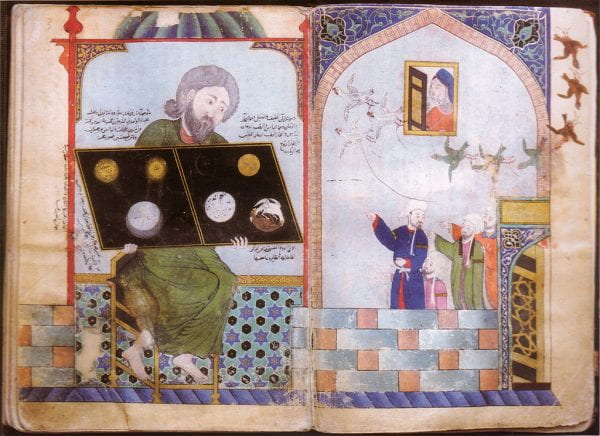Tag Middle East
Alexander Collin interviews Alexandre Roberts about his recent JHI article, “Thinking about Chemistry in Byzantium and the Islamic World.”
By guest contributor N. A. Mansour Arabic periodicals are perhaps the greatest source for the history of the Arabic-speaking lands in the nineteenth and twentieth centuries. Looking for Arabic primary sources from the nineteenth and twentieth centuries can be a minefield. Some… Continue Reading →
by guest contributor Hugh Jeffery The Çaltısuyu, a tributary of the Euphrates, flows through the dramatic canyons of eastern Anatolia. At around 1,225 meters above sea level, it emerges onto a barren highland plateau overlooked by the crumbling remains of… Continue Reading →
by Madeline McMahon After midday on August 14, 1483, the Dominican friar Felix Fabri and his fellow pilgrims to Jerusalem began to prepare for their celebration of the feast of the assumption of Mary. They constructed a small kind of… Continue Reading →


